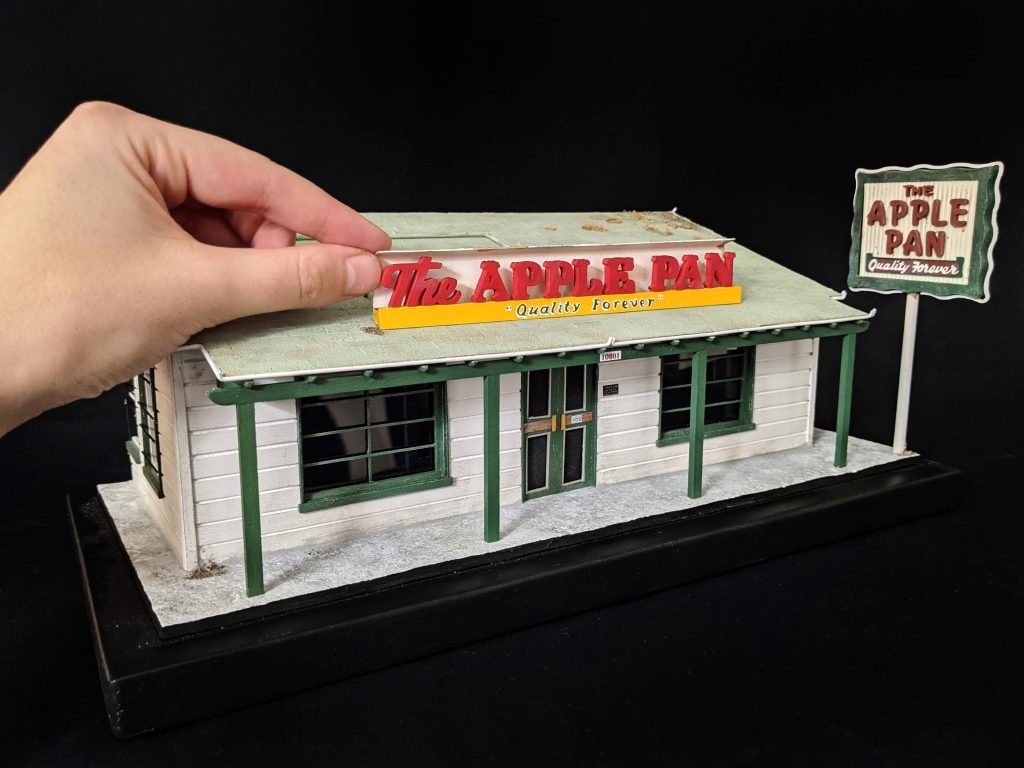Crafting realistic miniature worlds within apartment modeling is an art form that requires attention to detail, creativity, and craftsmanship. Here’s how to delve into this captivating hobby:

- Research and Inspiration:
- Start by researching different styles of apartments and architectural designs to gather inspiration for your miniature world. Look at real-life apartments, architectural magazines, and online resources for ideas.
- Take inspiration from your favorite architectural styles, such as modern, traditional, or contemporary, and consider how you can incorporate them into your miniature design.
- Planning and Design:
- Sketch out a rough floor plan and layout for your miniature apartment, considering the scale and dimensions of the space. Decide on the rooms you want to include, such as a living room, kitchen, bedroom, and bathroom.
- Pay attention to the flow and functionality of the space, ensuring that each room is proportionate and realistically laid out. Consider how furniture and accessories will fit within each room and plan accordingly.
- Scale and Materials:
- Choose a scale for your miniature apartment, such as 1:12 or 1:24, and select materials accordingly. Common materials for miniature modeling include wood, foam board, cardboard, and polymer clay.
- Invest in high-quality miniature furniture and accessories to enhance the realism of your apartment. You can purchase miniature items online or create your own using basic crafting materials.
- Construction and Assembly:
- Begin by constructing the basic structure of your apartment, including walls, floors, and ceilings. Use precision tools such as a ruler, cutting mat, and X-Acto knife to ensure accuracy.
- Assemble each room individually, paying attention to details such as wall texture, flooring material, and ceiling height. Add architectural features such as windows, doors, and moldings to enhance realism.
- Interior Design and Decoration:
- Once the basic structure is complete, focus on interior design and decoration. Choose a color scheme and theme for each room, and select furniture and accessories that complement the overall aesthetic.
- Pay attention to small details such as curtains, rugs, artwork, and lighting fixtures to bring each room to life. Experiment with different textures and patterns to add visual interest and depth to your miniature world.
- Landscaping and Exterior Details:
- Don’t forget to pay attention to the exterior of your miniature apartment as well. Add landscaping features such as trees, shrubs, and flowers to create a realistic outdoor environment.
- Incorporate exterior details such as balconies, patios, and facades to enhance the overall appearance of your miniature building. Consider adding miniature vehicles, streetlights, and signage to complete the scene.
- Finishing Touches and Presentation:
- Once your miniature apartment is complete, take the time to add finishing touches and fine-tune the details. Use weathering techniques such as dry brushing and washes to add depth and realism to surfaces.
- Display your miniature world with pride, whether it’s on a dedicated shelf, in a glass display case, or as part of a larger diorama. Consider adding miniature figures or vignettes to bring your scene to life and spark the imagination.
Remember that apartment modeling is a highly customizable and personal hobby, so don’t be afraid to experiment, think outside the box, and let your creativity shine. With patience, practice, and attention to detail, you can create stunning miniature worlds that captivate and inspire.



